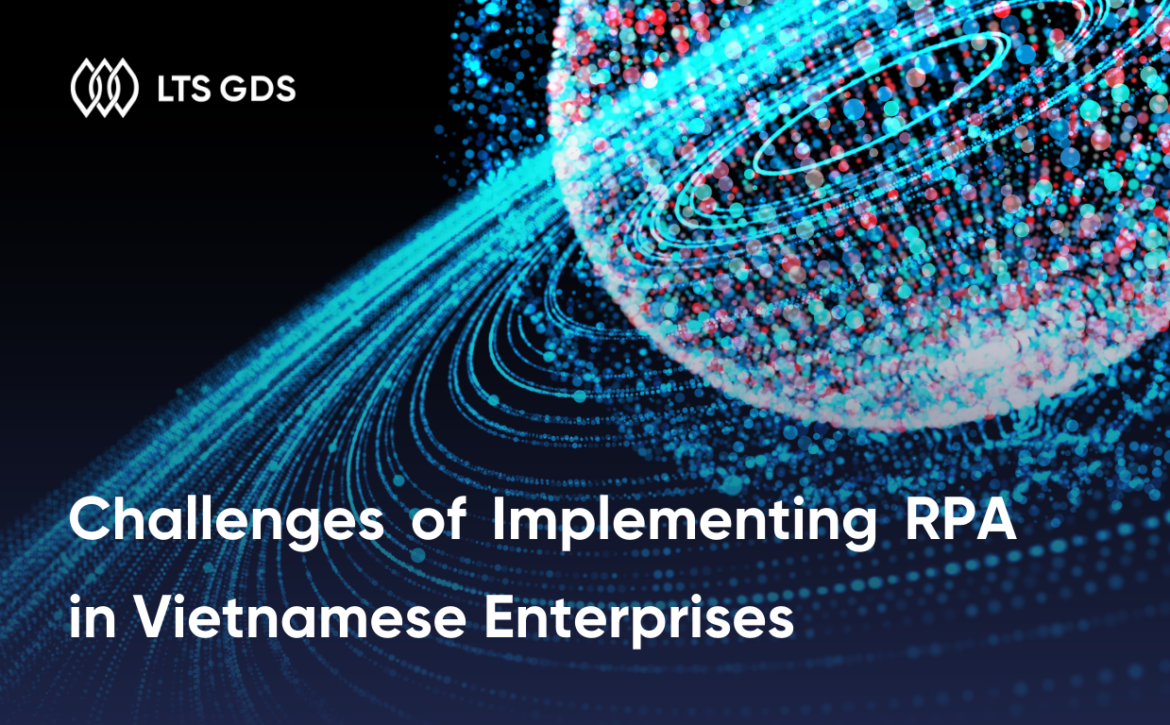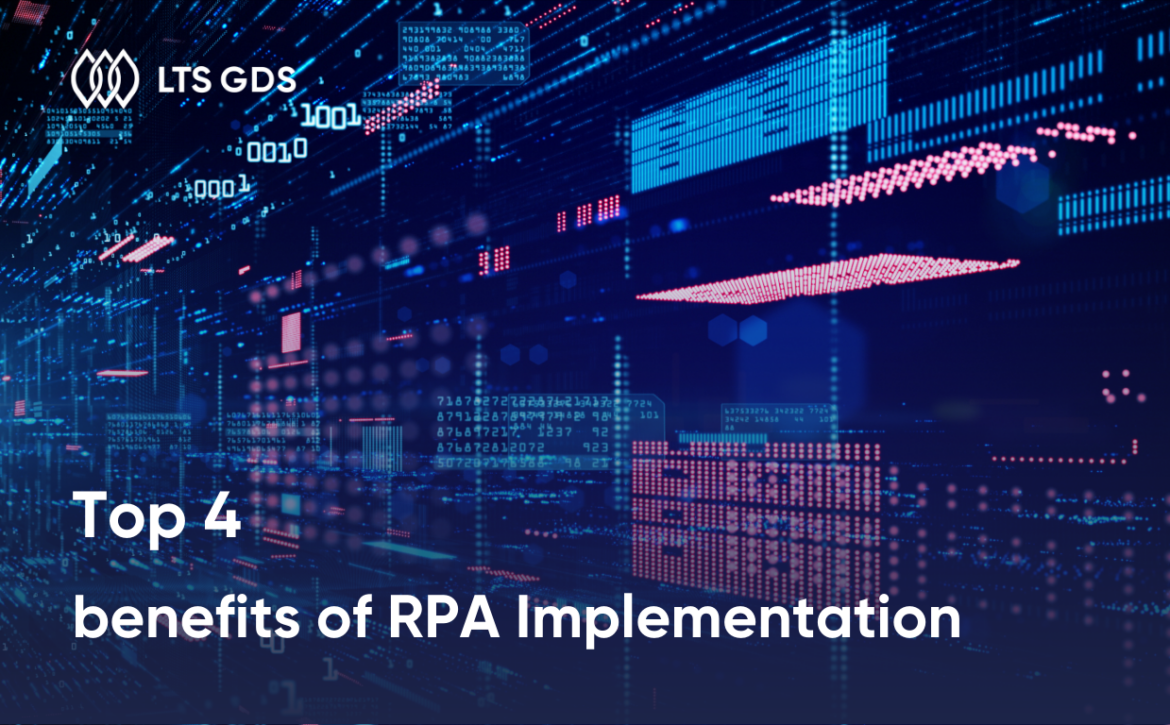
With the growing demand for technological innovation, the technology market has undergone a major transformation on a global scale. Numerous tech trends have emerged in recent times, including rising stars such as Generative AI, Sustainable Technology, Metaverse, etc.
The pace of change in the world of technology is accelerating and having a wide-reaching impact, so predicting and seizing technological trends will be an opportunity for technology businesses to capture the market. Here are some tech trends that could explode in 2024 that the technology business should not miss.
Tech trends expected to dominate the market in 2024
Applied AI
With the capabilities and applications of AI such as Machine Learning, Computer Vision, and Natural Language Processing, many businesses have invested heavily in research and development. Among them, it is worth mentioning the creation of advanced models capable of tackling complex tasks like problem-solving, classification, and prediction.
Applied AI statistics
- Netflix, after utilizing Applied AI through personalized content recommendations (PCR) to enhance user experiences, had witnessed an impressive 80% of content viewed on Netflix originates from PCR, which greatly contributed to Netflix’s subscriber base reaching 230.7 million by the end of 2022.
- Global investment in Applied AI reached $104 billion in 2022 (McKinsey)
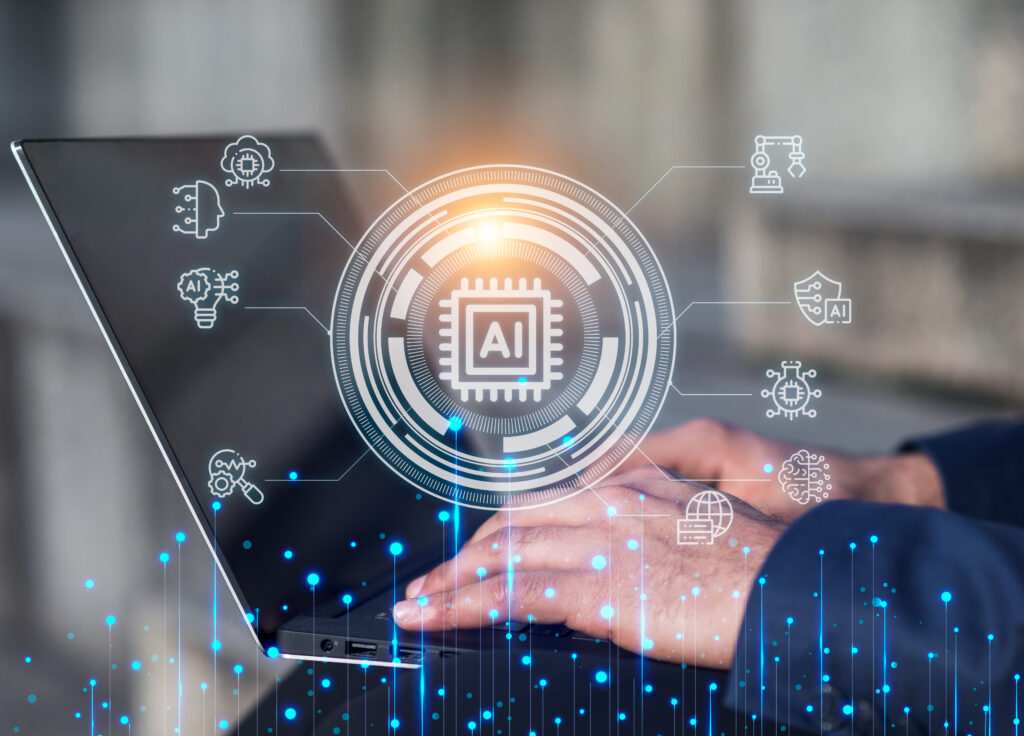
Democratized Generative AI
If in 2023, the explosion of ChatGPT makes Generative AI become one of the hot tech trends, then 2024 is predicted to be the year of the term “Democratized Generative AI”. Due to the undeniable potential of Generative AI, the practice of updating and using it widely is becoming increasingly common in all business departments.
Democratized Generative AI is designed to be more accessible to a wider audience, including those with no prior technical expertise or experience with AI. This democratization of generative AI will empower individuals and businesses to create original content, such as images, text, and music, without extensive technical expertise.
Democratized Generative AI statistics
- Adobe Creative Cloud democratizes Generative AI tools, empowering a wide range of users to create stunning visuals. A prominent example is Adobe Sensei, after being integrated with AI features, Adobe Sensei has contributed to a 23% year-over-year increase in revenue for Adobe’s Digital Media segment.
- Gartner predicts that 80% of enterprises will use Generative AI in production by 2026.

AI Trust, Risk and Security Management (AI TRiSM)
As AI becomes more pervasive, concerns surrounding its ethical implications and potential risks are growing. Hence, AI TRiSM will surely emerge as a critical focus area for business. In this situation, creating AI TRiSM frameworks is extremely urgent to help establish ethical guidelines, identify and mitigate potential risks, and ensure secure AI implementation.
With nearly 100 years of history in the TIC sector (Testing, Inspection, Certification), DEKRA is one of the first reputable companies to have standardized processes for assessing and verifying the AI TRiSM capabilities of businesses.
AI TRiSM statistics
- Microsoft Azure AI focuses on building trust through transparent and secure AI practices. Microsoft’s commitment to AI TRiSM has contributed to the platform’s significant growth of 50% year-over-year (Microsoft’s financial reports).
- 82% of consumers are more likely to trust companies that use AI responsibly (Accenture).
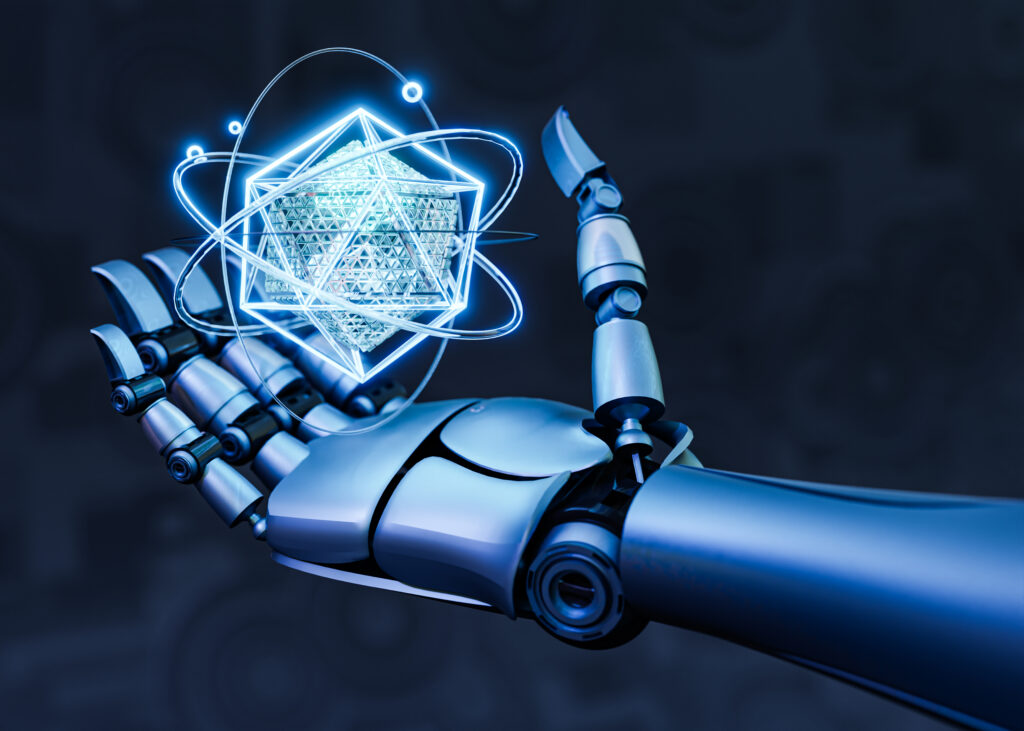
Smart mobility
Despite recent setbacks in the global mobility sector, smart mobility investments remain on an upward trajectory. This growth is fuelled by advancements in key areas shaping the future of transportation:
- Shared-mobility technologies: Roboshuttles and urban air mobility (UAM) are poised to revolutionize urban travel, offering personalized and convenient options.
- Electric vehicles: Leading brands like Tesla, BMW, and Volkswagen are pushing the boundaries of electric vehicle technology, driving wider adoption and improving accessibility.
- Self-driving technology: The race towards achieving Level 6 autonomy, the highest level of automated driving defined by SAE, is expected to intensify in 2024, promising significant transformations in transportation safety and efficiency.
The levels of driving automation are categorized as follows:
– Level 0: No driving automation
– Level 1: Driver assistance
– Level 2: Partial automation
– Level 3: Conditional automation
– Level 4: High automation
– Level 5: Full automation
Mobility statistics
- The global smart mobility market size was projected to reach approximately $91.5 billion by 2024, with a compound annual growth rate (CAGR) of around 18.5% from 2019 to 2024, according to a report by MarketsandMarkets.
- Autonomous–driving technologies are predicted to create up to $400 billion in revenue by 2035 (McKinsey).
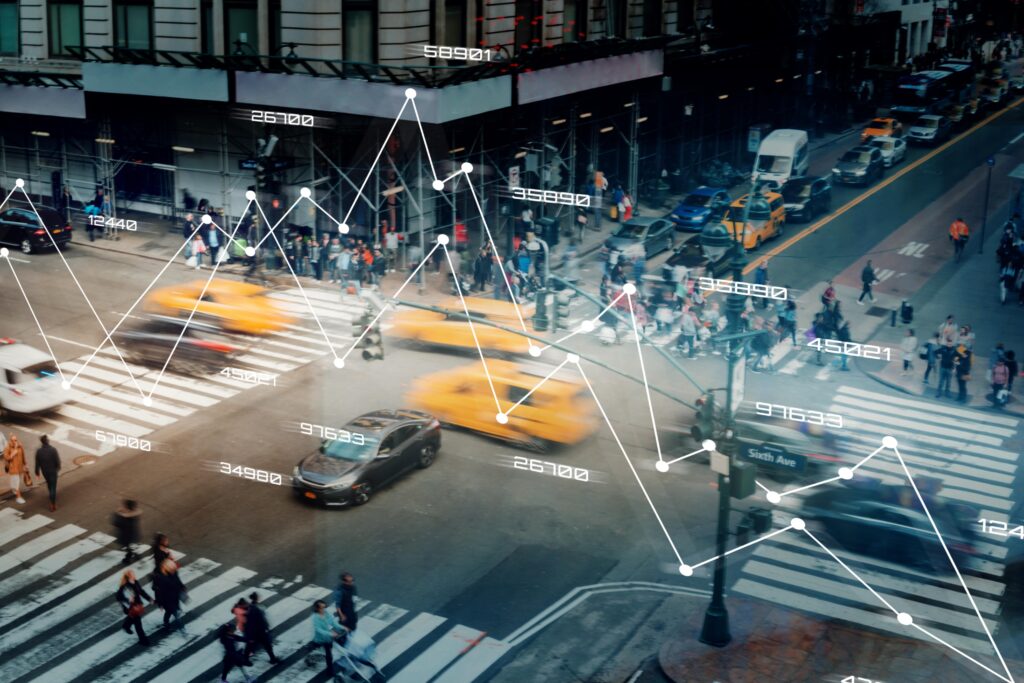
Low-code platforms
Low-code platforms are simplifying software development, enabling non-technical individuals to create applications without extensive coding knowledge. This tech trend will empower businesses to quickly build custom solutions and adapt to constantly changing needs. In 2019, Gartner predicted that 65 percent of application development would be deployed with low-code/no-code tools by 2024. This has become a reality with the flourishing RPA platforms (UiPath, Power Automate, Blue Prism…) in recent years.
Learn about Robotic Process Automation to see how we can efficiently apply it to the digital transformation era.
Low-code platforms statistics
- Out Systems, a leading low-code platform used for application development has been shown to reduce development costs for organizations by 38%.
- Enterprise apps are predicted to revolutionize the Digital Process Automation market, capturing 35% of new investments. (Forrester)

AI-powered Cloud and edge computing
Cloud computing has been widely adopted since the 1990s to provide access to powerful computing resources on-demand, while edge computing can help to bring data processing and analytics closer to the source, which mostly facilitates IoT systems, reducing latency and ensuring data sovereignty.
In recent years, various studies and research have discussed the benefits of integrating AI with Cloud computing, which is proven to improve cloud performance and efficiency, with the emergence of digital assistants like Siri, and Alexa, … or applying process automation for the self-managing cloud. Furthermore, edge AI computing can become a breakthrough, creating a new term for AIoT, which is also forecasted to explode into a new era in the coming years.
Cloud and edge computing statistics
- Nvidia announced a collaboration with Microsoft to build one of the most powerful cloud AI supercomputers in the world in 2022.
- The edge computing market is projected to grow at a CAGR of 37.4% from 2022 to 2028, as reported by Grand View Research.

Sustainable Technologies
Sustainable technology encompasses a broad spectrum of innovations and practices that aim to minimize environmental impacts by using clean and green technology. Advancements in renewable energy, energy efficiency, and waste management will drive us towards a more sustainable future. Highly responsible enterprises tend to integrate these technologies to optimize resource utilization, reduce emissions, and reach long-term sustainability goals.
Sustainable technologies statistics
- 81% of consumers globally feel strongly that companies should help improve the environment (Nielsen)
- By the end of COP26, 74 countries made commitments to achieve net-zero emissions by mid-century (World Resource Institute)
- The renewable energy market is projected to reach $2.15 trillion by 2025 (Allied Market Research).

Augmented Workforce
New tech trends will not replace human workers; instead, they will augment and enhance their capabilities. In 2024, we continue to witness the emergence of an augmented workforce, where digital tools and technologies empower humans to perform tasks more efficiently and optimize time. This symbiotic relationship between humans and intelligent technologies will boost productivity and innovation.
Augmented Workforce statistics
- By 2024, 25% of CIOs will apply augmented workforce initiatives to reduce time to competency for key roles by 50% (Forrester).
- AI will create $9 trillion in new business value by 2025 (IDC predicts)
- IBM predicts that an augmented workforce can boost productivity by up to 25%.

Embracing Tech Trends to Shape the Future
As we approach 2024, the technology landscape is brimming with exciting possibilities. Those tech trends bring promising opportunities to revolutionize the way we work and deal with business challenges.
By embracing innovation and harnessing the full potential of these technological advancements, we are going to unlock a door to unprecedented levels of efficiency, productivity, and sustainability.
Don’t miss the great opportunities to gain competitive advantages in the dynamic market! Contact us for further assistance.





